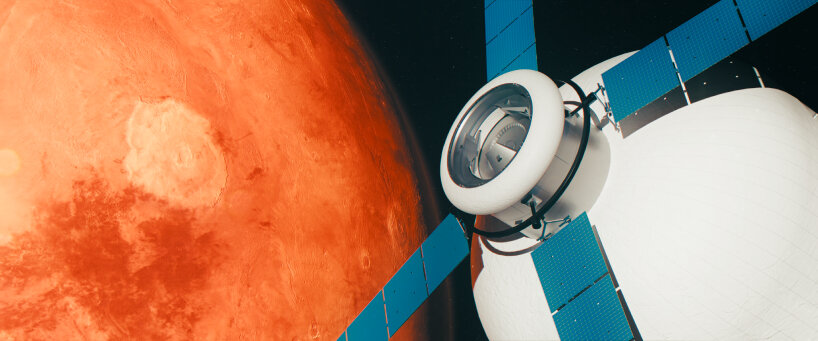- This topic is empty.
-
Topic
-
In the vast expanse of the cosmos, the dream of human exploration and habitation has long captivated the minds of visionaries and adventurers alike. Now, a team of innovators at Max Space is poised to turn this dream into a reality with their groundbreaking inflatable space habitats.

The brainchild of Aaron Kemmer and Maxim de Jong, these expandable pressure vessels are set to redefine the way we approach space exploration and settlement. Tightly packed and stowed on a rocket, these inflatable structures slowly transform into high-strength, rigid architecture as air flows in, allowing them to grow as large as stadiums once deployed in space.

The potential of these inflatable habitats is truly staggering. They can serve as living quarters, research facilities, manufacturing hubs, and even venues for space tourism, sports, and entertainment. By scaling up their modular design, Max Space envisions a future where these habitats can accommodate the needs of human exploration, from low-Earth orbit to the Moon and ultimately, Mars.

The key to their success lies in the team’s decades-long research and innovation. Co-founder Maxim De Jong, who designed and built the first two inflatable spacecraft pressure hulls around 20 years ago, has honed his expertise in space habitation, planetary entry, descent, and landing, as well as spacecraft shielding.

“Despite their success, we realized we couldn’t efficiently scale up to the bigger sizes that we really needed in space,” De Jong explains. “So, after both Genesis craft flew, I took an entirely different design path to ultimately develop an expandable architecture that is fundamentally predictable and infinitely scalable.”

This scalability is the driving force behind Max Space’s vision. Their initial plans call for a series of inflatable habitats ranging from 20 m³ to 100 m³, with the potential to grow to over 10,000 m³ by 2030. This modular approach not only reduces the typical costs associated with constructing similar structures but also opens the door to more accessible human exploration, research, manufacturing, and even entertainment in space.

“The problem with space today is there isn’t enough habitable space in space,” says co-founder Aaron Kemmer. “Unless we make usable space in space a lot less expensive and much larger, humanity’s future in space will remain limited.”

With their sights set on a 2026 launch with SpaceX, the Max Space team is poised to revolutionize the way we approach extraterrestrial living. Their inflatable habitats, designed to be lightweight, cost-effective, and infinitely scalable, represent a significant step forward in the quest to expand human presence beyond the confines of our planet.

As the world watches with bated breath, the future of space exploration has never looked brighter, thanks to the visionary work of the team at Max Space.
- You must be logged in to reply to this topic.